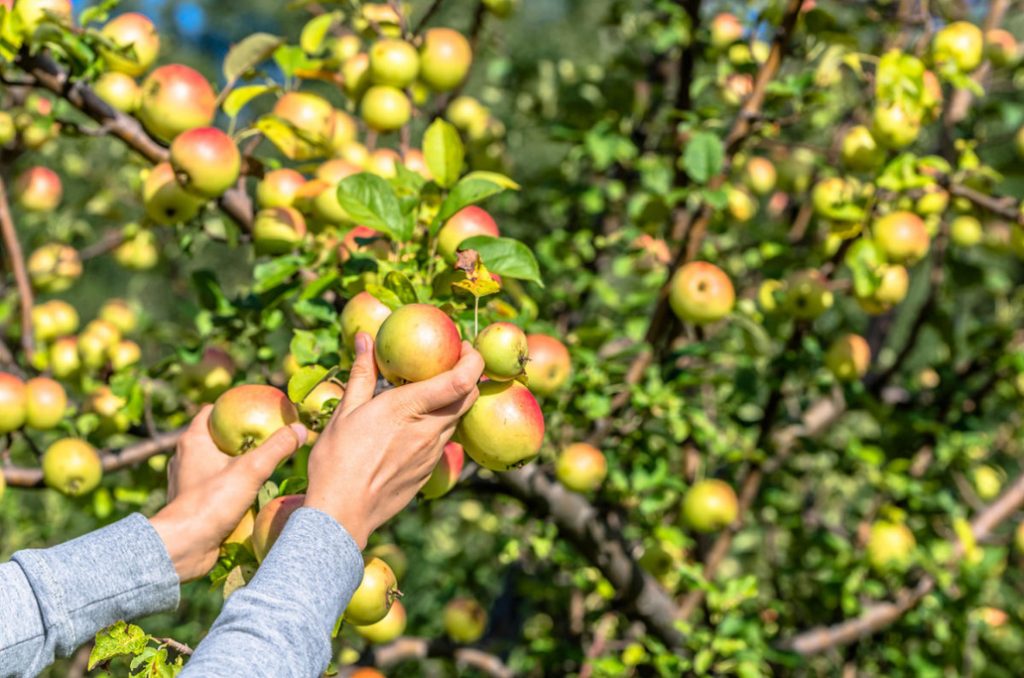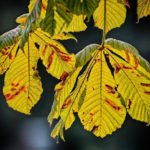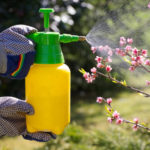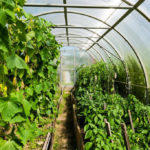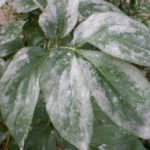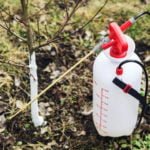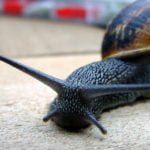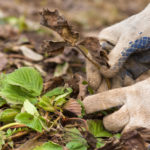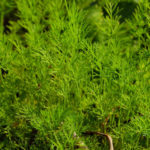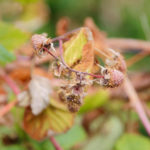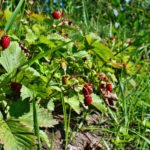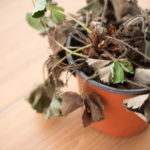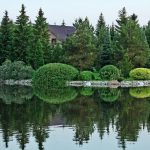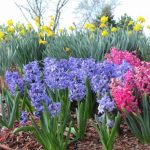Very often at conferences and seminars attended by owners of household farms, summer residents and Amateur gardeners, the question is: is it possible to grow Apple trees, pears, cherries, plums without the use of chemical plant protection products?
Doubts about a positive solution to the issue are understandable, since recently there has been a victorious March of a huge number of pests in fruit gardens. These are the caterpillars of various butterflies, both multi-eaters and “specialists” in a particular culture, and some of them damage the leaves, others — the fruit, and others-the wood.
Diseases also spread at a rapid pace, with bacterioses added to traditional fungal diseases, which are targeted by the main chemical means of plant protection. Cottagers are used to spraying trees and shrubs with garden chemicals, and for some reason biological agents are considered ineffective. However, this opinion is wrong!
Just for the correct answer to this question, you need to take into account the specific state of things. If we are talking about many hectares of landings or the fact that the owners ‘ stay on the site is limited to one day a week, then it is unlikely to completely abandon the use of chemical agents. In these cases, we can talk about how to reduce pesticide treatments to a minimum with the help of preventive measures and a competent choice of drugs.
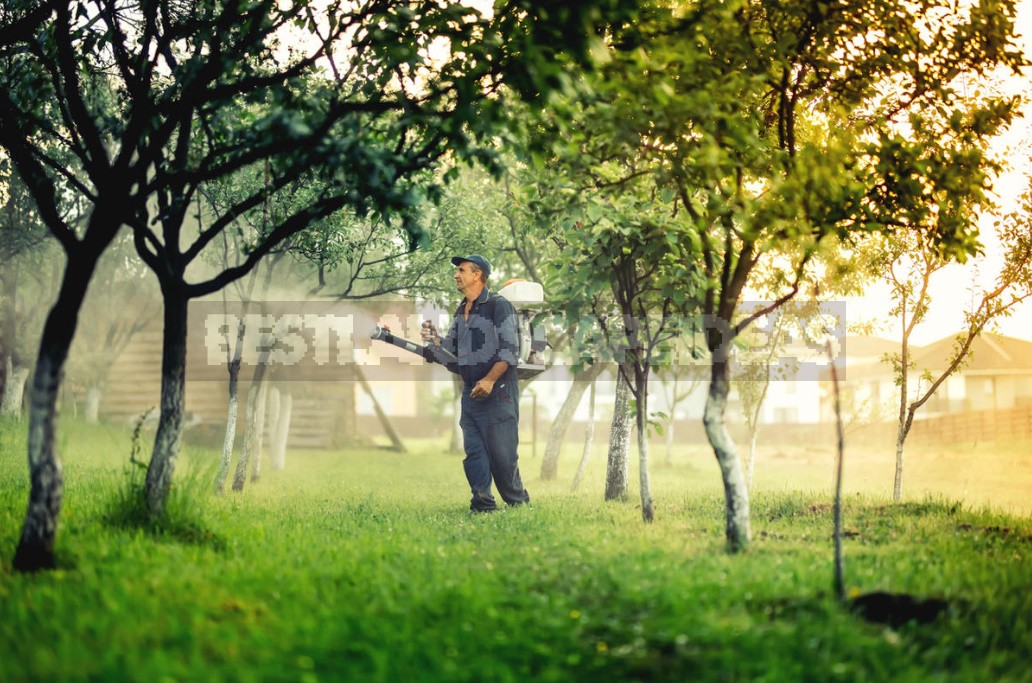
If the site is not very large in size and there is always someone responsible for your garden, it is quite possible to completely abandon chemistry. This, of course, will have to work hard. So, what exactly should I do?
Arm yourself with literature
Every gardener should be well aware of harmful objects that can threaten the crop. The first foci of pests and diseases in such cases can be destroyed mechanically, provided daily monitoring of plantings. Keep in mind that the symptoms of illnesses can be hidden, sometimes indirect, and only a careful cottager will not miss them.
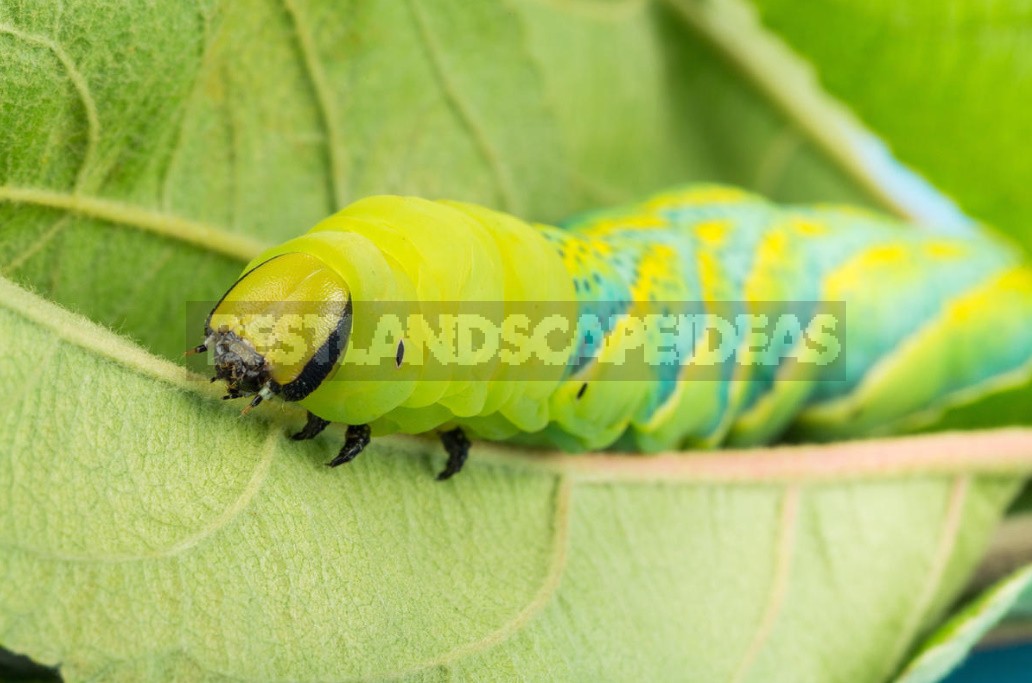
There are special definitions of diseases and pests for professionals, but it is difficult to use them without a certain skill. For the last ten or fifteen years, publishing houses have been producing atlases with photos that are quite convenient and understandable for ordinary summer residents. Sometimes they sin with inaccuracies, but especially gross errors are usually not observed in them. Many more errors occur on the Internet: not all resources provide correct information on this topic.
It is better to take atlases of domestic authors than foreign (usually European). First, our climate is different. Secondly, in translated publications you can find errors not of the author, but of the translator. Specialists with specialized education who are able to compare the translated text with the original one confirm that they contain a distorted meaning of some terms.
Make balanced feedings
It is often difficult to determine the disease and the fact that one plant is affected by both the disease and the pest or pest complex, or after the primary defeat of one pathogen, a secondary infection occurs. Sometimes symptoms such as yellowing, twisting of leaves, etc., have nothing to do with infection or insects at all, but are the result of a lack or excess of nutrients.
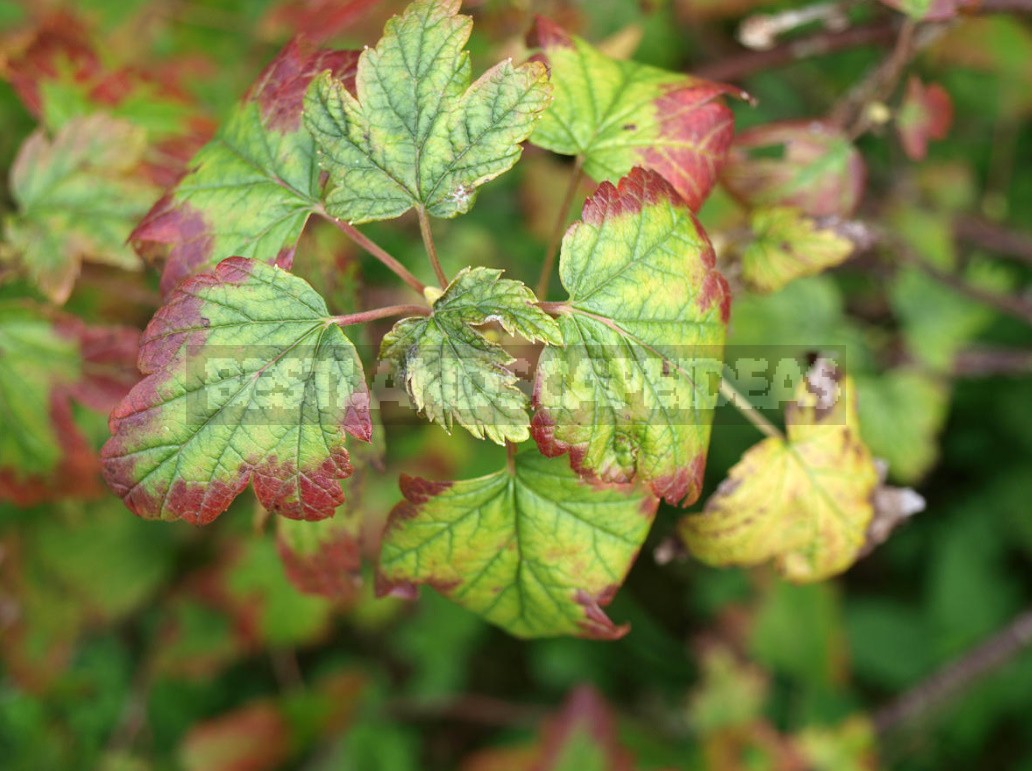
Moreover, the lack of nutrition elements can be observed after fertilization, if the substances for some reason can not be absorbed by the root system. Therefore, the most careful attention should be paid to the organization of a balanced plant nutrition, the transfer of inaccessible forms of phosphorus and potassium to accessible (mobile) ones.
Microbiological fertilizers, or, as they are now called by the fashionable word, “bioactivators”, perfectly cope with the latter task. They are composed of different bacteria. Some of them can fix atmospheric nitrogen (if we are not talking about legumes, then most often they are free-living Azotobacter chroococcum). This nitrogen can be taken up by plants almost completely, in contrast to the nitrogen contained in mineral fertilizers.
On the roots of legumes, there are special nodules in which symbiotic bacteria also fix atmospheric nitrogen, they belong to the genera Rhizobium and Bradyrhizobium; microbiological fertilizers with such bacteria — otherwise called inoculants — are specially treated with seeds before planting, this stimulates the formation of nodules. If you plan to sow legumes in your garden to increase soil fertility, it is advisable to treat their seeds with such bioinoculants before sowing.
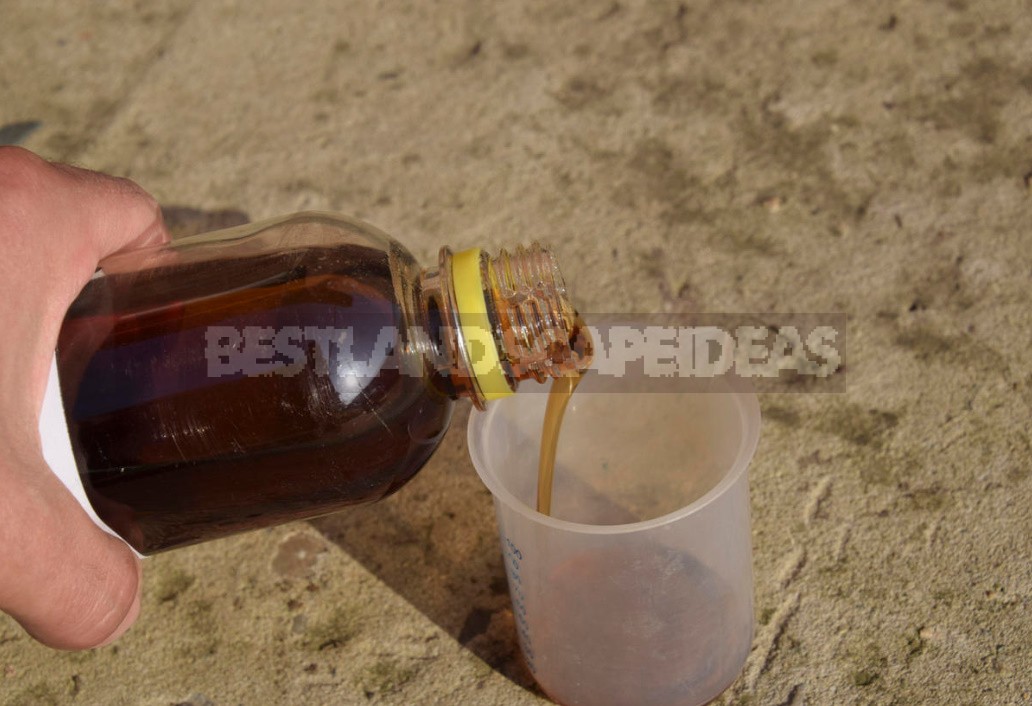
Other bacteria that are part of microbiological fertilizers mobilize potassium and phosphorus — these are usually representatives of the genera Enterobacter and Paenibacillus polymyxa. Potassium and phosphorus in most cases are not washed out of the soil layer, but after applying mineral fertilizers, some of them do not get into the plants, but lie in the soil as a dead weight, and even if you switched to organic farming, a certain stock of these elements in the soil may remain from previous times.
Also, the source of potassium and phosphorus can be composted plant residues (grass, leaf litter) and other organic fertilizers (in particular, manure). The use of microbiological fertilizers increases their effectiveness and prevents the deficiency of these elements in plants.
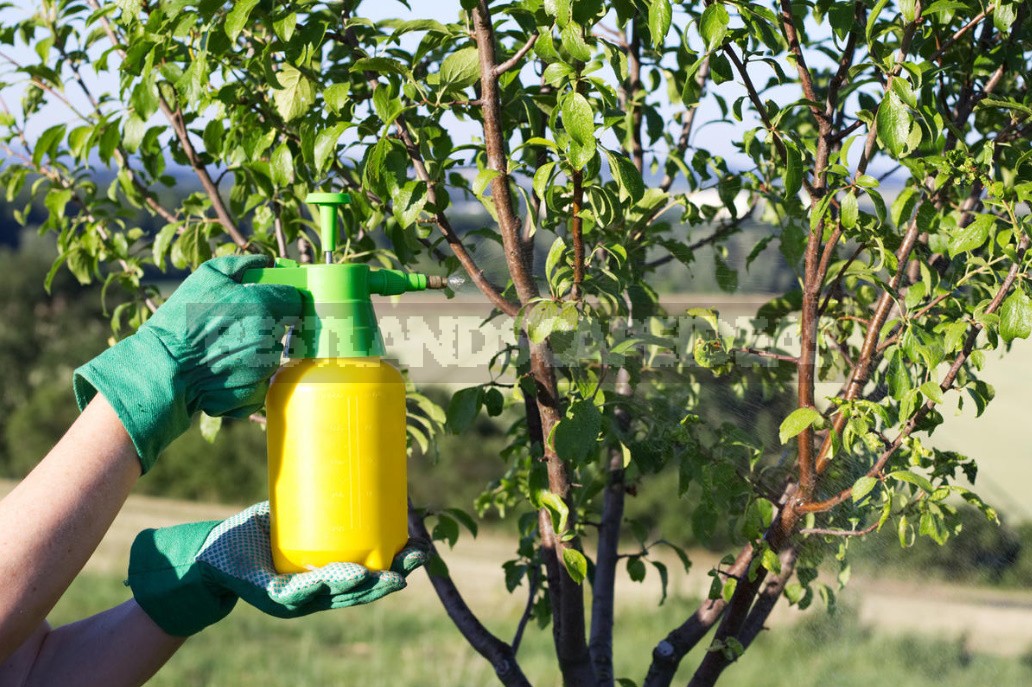
You can make such bioactivators in the form of top dressing on the leaf or under the root; you can also buy special preparations that are made in the fall or spring when digging the trunk circles.
Dig up the soil
In General, digging the soil has not been given much importance lately, but judge for yourself how many important tasks it solves:
- prevention of compaction, which, in turn, contributes to air access to the rhizosphere (this is the soil layer adjacent to the roots of the plant and falls under the influence of soil microorganisms and root secretions);
- delivery of organic and microbiological fertilizers directly to the zone of active absorption of water and macro – and microelements dissolved in it;
- the possibility of applying microbiological fungicides in the immediate vicinity of the root system, which can protect trees and shrubs from pathogens of infectious diseases that persist in the soil layer.
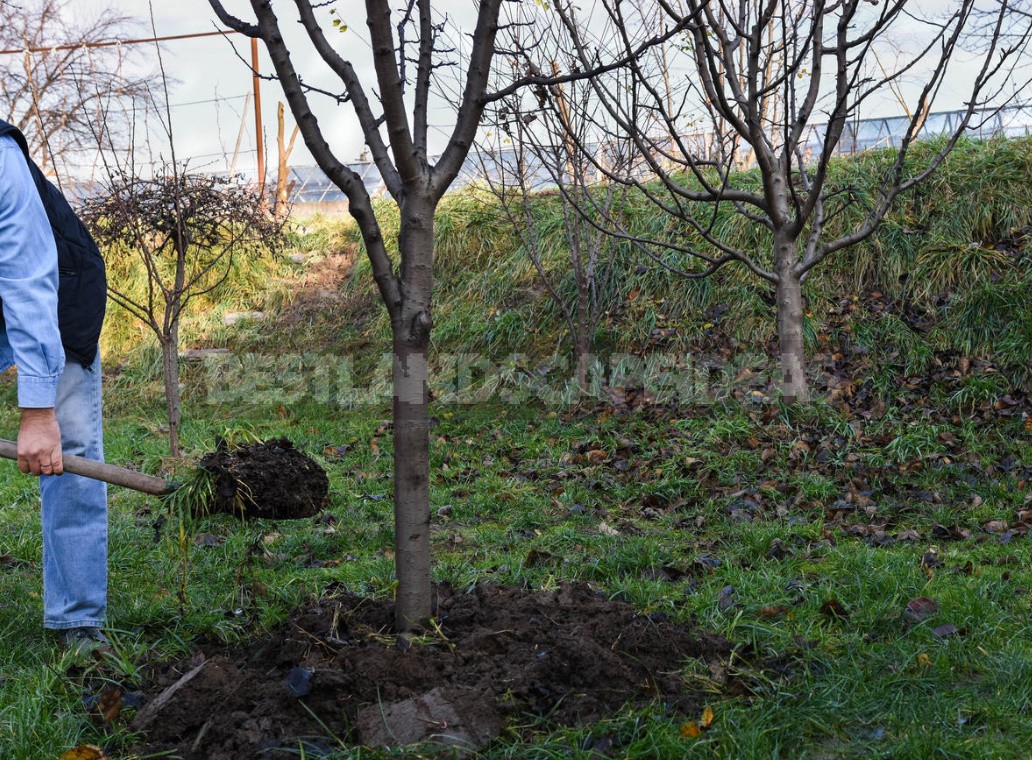
Watch the weather and spray on time
Watch the weather conditions. If you know what pests appear on your site from year to year, then the time of their appearance can be calculated based on the average daily temperature. When favorable conditions are reached for harmful objects, treatment with preparations of biological origin is performed. But it must be done correctly! It is the incorrect use of biologics that has contributed to the widespread perception of their low effectiveness.
It is necessary to understand and take into account that almost all bioinsecticides have a contact-intestinal effect, and it is pointless to do treatment with them in advance. The most sensitive to them are larvae and caterpillars of younger ages, so you need to very carefully monitor their mass output from eggs and timed processing to this point.
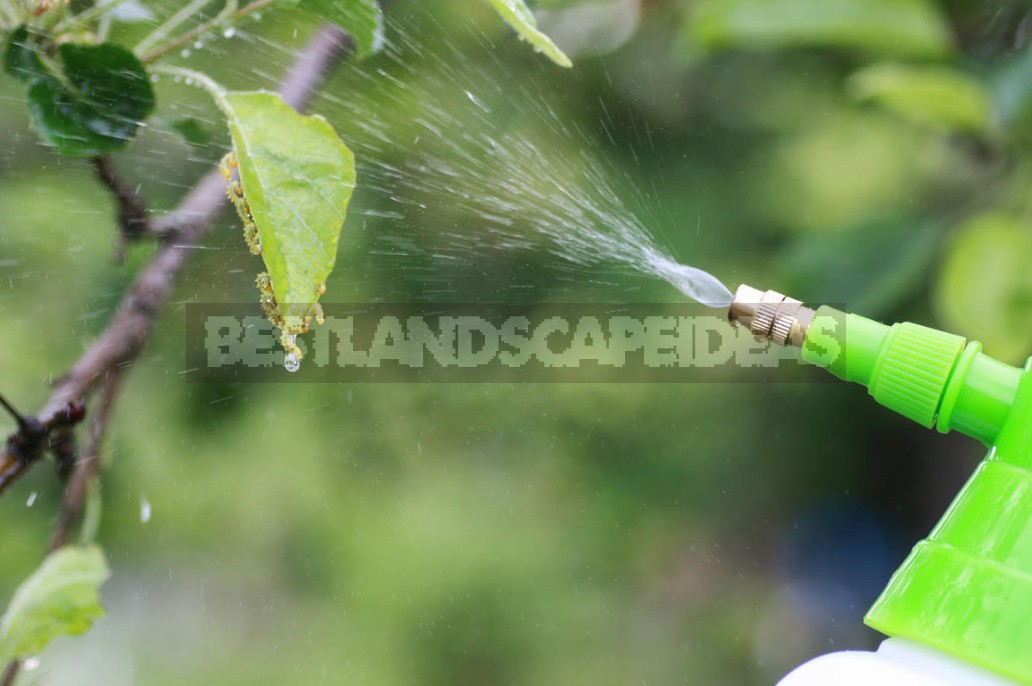
It is desirable to add a biofilter to the tank mixture, which will prolong the action of the main drug for as long as the exit of harmful insect larvae from the eggs lasts. The period can be rapid (from 2 days) in hot weather and prolonged (up to 12 days) at a lower temperature.
Recently, pheromone traps have been sold. However, they are not designed for all pests.
For the spread of most diseases, stable warm weather and the presence of liquid-drop moisture are necessary. In the fight against diseases, the high efficiency of the use of biofungicides and antibiotics is achieved precisely through preventive treatments (in contrast to bioinsecticides).
Autumn pruning
Be sure to carry out sanitary pruning in the fall; removing the dryness, grab about 1 cm of healthy bark. Cut out the growth, fat shoots, collect and destroy mummified fruits. Clear the trunks of lichens. If you whitewash the trunks, then do it after cleaning the stem. Sharpen and disinfect the pruning tool.
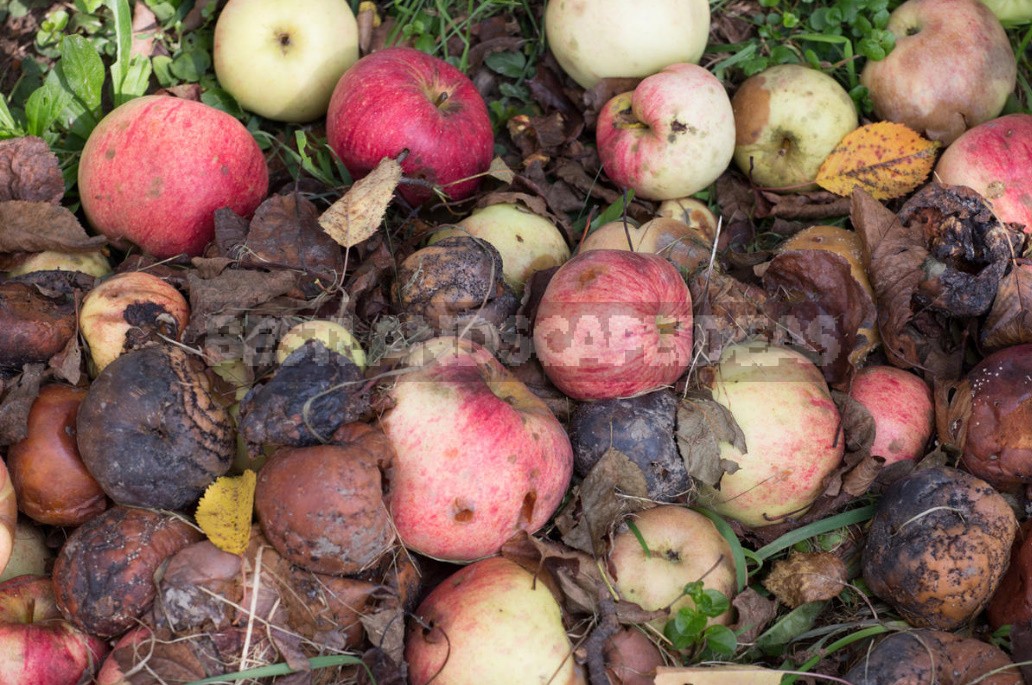
In winter, feed the birds, they are your friends and helpers, and harmful insects are your enemies.
In early spring, perform a formative pruning, while performing sanitary functions: remove the formed cavities and frozen areas.
Happy new season to you, dear summer residents! I hope that you will be able to protect your garden without chemicals.
